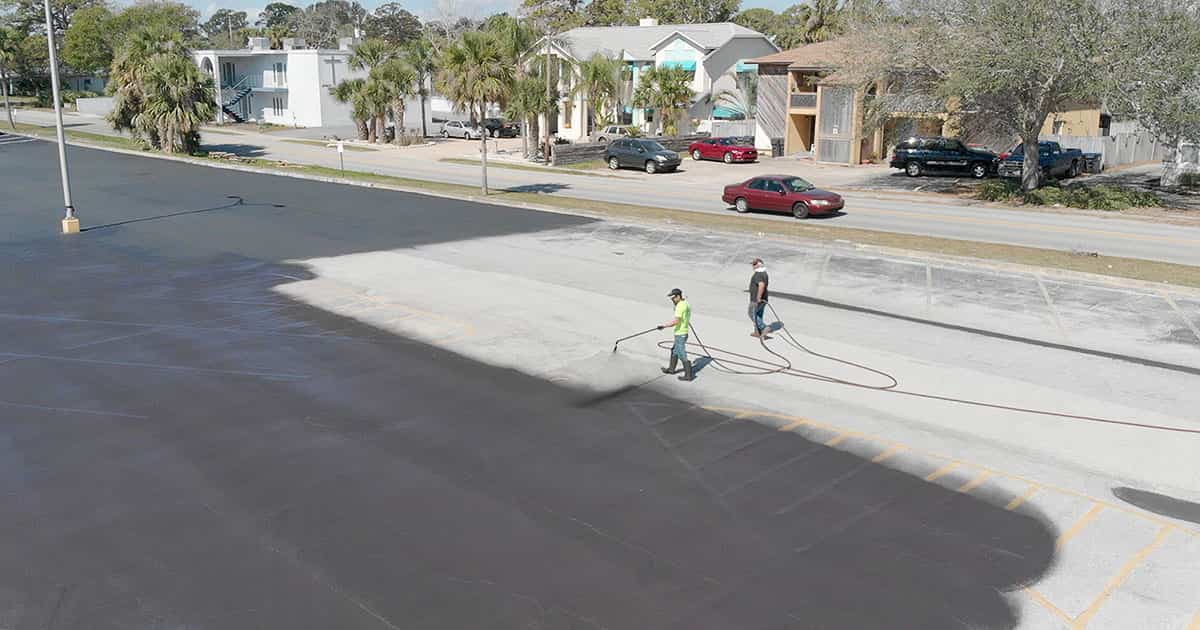Hot Mix Asphalt: A Lasting Remedy for Pavement
Warm Mix Asphalt (HMA) has emerged as a leading lasting choice for sidewalk services, using a myriad of ecological advantages and innovative innovations. As the demand for environment-friendly building techniques grows, checking out the subtleties of HMA's sustainability can give important understandings right into the future of pavement services.
Ecological Advantages of Hot Mix Asphalt

Additionally, Hot Mix Asphalt assists to alleviate urban heat island results. Its dark color takes in sunlight, lowering the amount of warm showed back into the atmosphere compared to lighter-colored sidewalks. This can lower ambient temperatures in city areas, decreasing the demand for a/c and inevitably minimizing energy consumption.
On top of that, Hot Mix Asphalt adds to boosted stormwater management. Its permeable nature permits water to penetrate the sidewalk and reenergize groundwater products, lowering overflow and the risk of flooding. These ecological advantages make Hot Mix Asphalt a sustainable choice for paving roadways and freeways.
Power Efficiency in HMA Production
Is energy efficiency a critical factor in the production of Hot Mix Asphalt (HMA)? Energy plays a significant function in the manufacturing of HMA, affecting both price and ecological sustainability. One crucial facet of power efficiency in HMA manufacturing is the usage of warm mix asphalt (WMA) modern technologies.
In addition, advancements in plant innovations have brought about more energy-efficient HMA manufacturing procedures. Modern plants are designed with features like recycled asphalt pavement (RAP) processing abilities, reliable heater systems, and enhanced insulation, all adding to energy cost savings. By optimizing energy usage in HMA manufacturing, the industry can reduce its carbon impact while maintaining high-grade sidewalk materials. Energy effectiveness is, for that reason, an essential factor to consider in making sure the sustainability of Hot Mix Asphalt manufacturing.
Recyclability of Warm Mix Asphalt
The recyclability of Warm Mix Asphalt (HMA) is a pivotal facet of its sustainability and lasting environmental impact. HMA is one of the most recycled products in the United States, with over 100 million lots of recovered asphalt pavement (RAP) being recycled every year in new sidewalk construction. Recycling HMA offers numerous ecological advantages, such as minimizing the need for virgin products, lowering power usage during manufacturing, and decreasing the quantity of waste sent out to landfills.
The process of reusing HMA involves grating the existing pavement, crushing it into smaller sized items, and blending it with new aggregate and asphalt binder to produce a recycled mix. This recycled mix can typically carry out as well as and even better than conventional HMA, while needing less raw products and creating reduced greenhouse gas exhausts. By including RAP right into brand-new sidewalk projects, roadway companies can preserve natural deposits, minimize prices, and decrease the environmental impact of roadway building and maintenance activities. In general, the recyclability of HMA plays a substantial role in advertising sustainable practices within the sidewalk market.
Long-Term Efficiency of HMA
Asphalt sidewalks show toughness and durability over an extended period, showing the long-term efficiency of Warm Mix Asphalt (HMA) Furthermore, innovations in HMA technology, such as the use of polymer-modified binders and warm mix asphalt, have actually better boosted the toughness and durability of HMA pavements. By focusing on high quality informative post construction and maintenance techniques, HMA proceeds to verify itself as a sustainable and cost-efficient solution for long-lasting sidewalk framework.

HMA: Resilience and Sustainability
Showing both resilience and sustainability, Warm Mix Asphalt (HMA) has actually come to be a cornerstone in the building of resilient pavement infrastructures - commercial parking lot paving. HMA's sturdiness comes from its capability to endure hefty loads, severe weather, and high web traffic quantities, making it a trusted choice for roadways, highways, and airport terminal paths. The structure of HMA, which normally includes aggregates, binder, and filler, plays an important function in enhancing its longevity and resistance to deterioration
In addition, HMA's sustainability depends on its recyclability and energy-efficient production procedure. The capacity to recycle recovered asphalt sidewalk (RAP) in brand-new HMA combinations minimizes the need for virgin products and decreases the ecological effect of pavement building and upkeep. In addition, the energy effectiveness of producing HMA depends on its reduced mixing temperature levels compared to other sidewalk materials, resulting in lowered energy intake and greenhouse gas emissions.
Final Thought
To conclude, warm mix asphalt (HMA) offers a sustainable this page option for sidewalk with its eco friendly qualities. HMA's recyclability, power performance in production, and lasting resilience make it an eco-friendly selection for roadway building. By preserving natural deposits, decreasing waste, and lowering greenhouse gas exhausts, HMA plays an important role in promoting sustainability in framework development. Its ability to mitigate urban warm island effects further highlights its significance in producing resilient and ecologically mindful sidewalk systems.
HMA is one of the most recycled products in the United States, with over 100 million loads of reclaimed asphalt pavement (RAP) being recycled every year in new sidewalk construction.The procedure of recycling HMA includes grating the existing pavement, squashing it into visit site smaller sized pieces, and mixing it with new aggregate and asphalt binder to develop a recycled mix.Asphalt sidewalks demonstrate toughness and strength over an extended period, showing the long-lasting performance of Warm Mix Asphalt (HMA) Furthermore, advancements in HMA modern technology, such as the use of polymer-modified binders and warm mix asphalt, have actually additionally enhanced the toughness and durability of HMA sidewalks. The capacity to recycle recovered asphalt pavement (RAP) in new HMA combinations minimizes the demand for virgin materials and decreases the environmental impact of sidewalk building and upkeep.